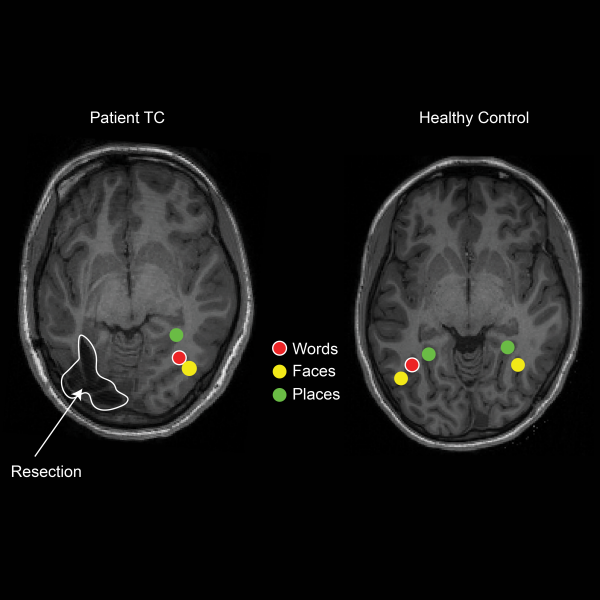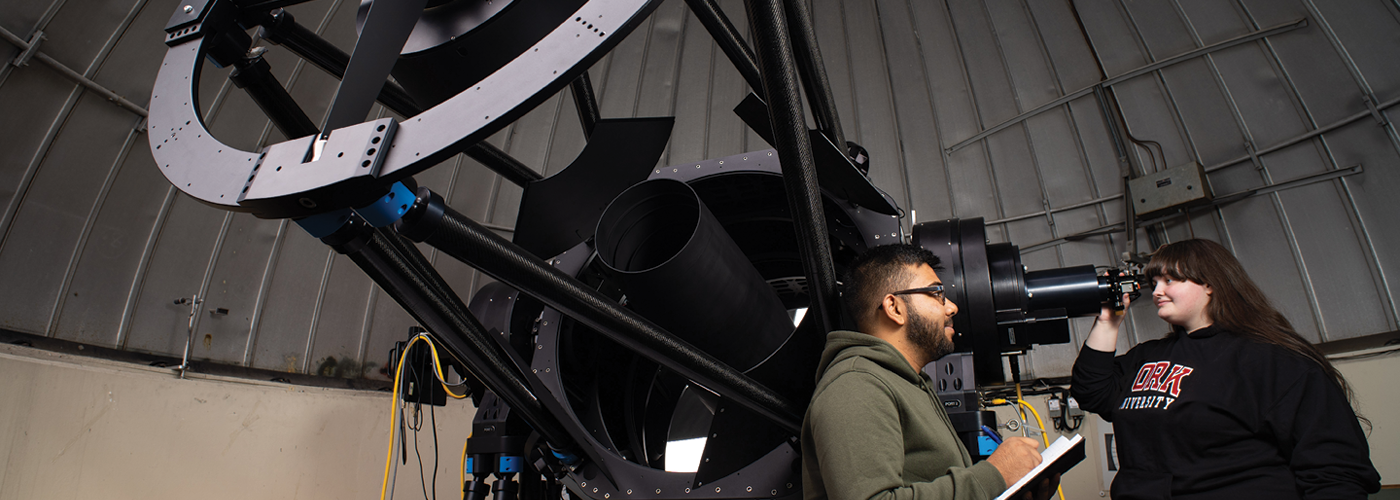Study: Brains of children with epilepsy able to re-map after surgery to retain visual perception
Study co-led by York University researcher makes important discovery about plasticity of children’s brains
TORONTO, JUNE 5, 2019 – For children with severe epilepsy, surgery is the last resort used to prevent seizures but the treatment can often come with the risk of both visual and cognitive impairments. Now, a new study funded by the National Eye Institute and jointly led by researchers at York University’s Faculty of Health and Carnegie Mellon University finds that the brains of children with severe epilepsy can compensate by rewiring for missing regions of the visual cortex after surgery.
“What we’re seeing is remarkable,” said Erez Freud, assistant professor, Department of Psychology in York University’s Faculty of Health and Centre for Vision Research, co-lead author of the study. “The most striking case in our findings was a 14-year-old girl who had severe epilepsy that originated from the left side of the brain. The part of the brain that was removed in the surgery is known to mediate the ability to read. Despite this hemisphere being removed, this patient could read with relatively normal functioning and when we scanned her brain using the fMRI we found that this ‘reading region’ of the brain had re-mapped to the healthy right hemisphere.”

Brains of children with epilepsy are able to re-map after epilepsy surgery to retain visual perception.
Researchers say this provides strong evidence that the brain has some degree of plasticity. In order for the brain to process visuals normally, it needs to process information sent from the eye and the part of the brain that allows it to understand what the eye is seeing (perception). In order for an individual to see, signals from the eye are first processed in the early visual cortex – a region at the back of the brain that is necessary for sight – and then travel through other parts of the cerebral cortex, to allow recognition of patterns, faces, objects, scenes, and words. In adults, even if sight is still intact, injury or removal of even a small area of the brain’s vision processing centres can lead to dramatic, permanent loss of perception, making them unable to recognize faces or locations or to read. But in children, who are still developing, this part of the brain seems to have plasticity and is able to rewire itself.
Tina Liu, former Ph.D student at Carnegie Mellon University, is co-lead author of the study, and Marlene Behrmann, Professor, Department of Psychology, at Carnegie Mellon University, is senior author.
The researchers recruited 10 children who had undergone surgery for severe epilepsy between the ages of six and 17, caused in most cases by an injury such as stroke in infancy or a tumor. The team compared the neural and visuoperceptual profiles of these patients with 10 healthy control children. Three of the children who had gone through a surgery had lost parts of the visual cortex on the right side, three on the left side, and four had lost other parts of the brain not involved in perception, serving as a second kind of control group. Of the six children who had areas of the visual cortex removed, four had permanent reductions in peripheral vision on one side due to loss of the early visual cortex. In each case, the epilepsy was resolved or significantly improved in all children after surgery.
In order to better understand how plasticity could be occurring, researchers conducted the study in two phases. In the first phase, each participant was exposed to different series of tasks that tested the children’s perception abilities, including facial recognition, the ability to classify objects, reading, and pattern recognition. They did this by asking the children to identify objects, places and faces. In the second phase, researchers imaged participants’ brains using functional magnetic resonance imaging (fMRI scan). Participants were asked to lie down in the MRI and watch a stream of pictures, words, faces, objects and places. The fMRI allowed researchers to accurately visualize areas in the brain that were activated and measure the response to these pictures.
With the exception of two individuals who had greater portions of the cortex altered, researchers found all patients showed normal perceptual performance on tasks and were able to identify faces and objects, places and words, falling within the normal range even for complex perception and memory activities. Even in participants who did not show clear remapping, results showed the healthy region of the brain was still able to compensate for missing regions in the hemisphere of the brain where lesions were removed, and in a way not usually seen in adults. Researchers say these findings offer new insights into the malleability of the cortex in children.
“It’s possible that early surgical treatment for children with epilepsy might be what allows this re-mapping," said Freud. “This may be because epilepsy is an on-going condition of the brain and with early removal of the tissue, the brain may have time to rewire itself to the other healthy hemisphere and can, therefore, compensate for the functions that are impaired in the other part of the brain. But more research is needed to better understand exactly what the developmental processes are that mediate this compensation.”
Freud’s research is currently funded by the Vision: Science to Applications program at York University.
The study is published in the Journal of Neuroscience.
York University champions new ways of thinking that drive teaching and research excellence. Our students receive the education they need to create big ideas that make an impact on the world. Meaningful and sometimes unexpected careers result from cross-disciplinary programming, innovative course design and diverse experiential learning opportunities. York students and graduates push limits, achieve goals and find solutions to the world's most pressing social challenges, empowered by a strong community that opens minds. York U is an internationally recognized research university - our 11 faculties and 25 research centres have partnerships with 200+ leading universities worldwide. Located in Toronto, York is the third largest university in Canada, with a strong community of 53,000 students, 7,000 faculty and administrative staff, and more than 300,000 alumni.
York U's fully bilingual Glendon Campus is home to Southern Ontario's Centre of Excellence for French Language and Bilingual Postsecondary Education.
Media Contacts:
Anjum Nayyar, York University Media Relations, 416-736-2100 ext. 44543, anayyar@yorku.ca
Abby Simmons, Assistant Dean of Communications, Dietrich College of Humanities and Social Sciences, Carnegie Mellon University, 412-268-6094 (office) | 412-956-9425 (cell), abbysimmons@cmu.edu






